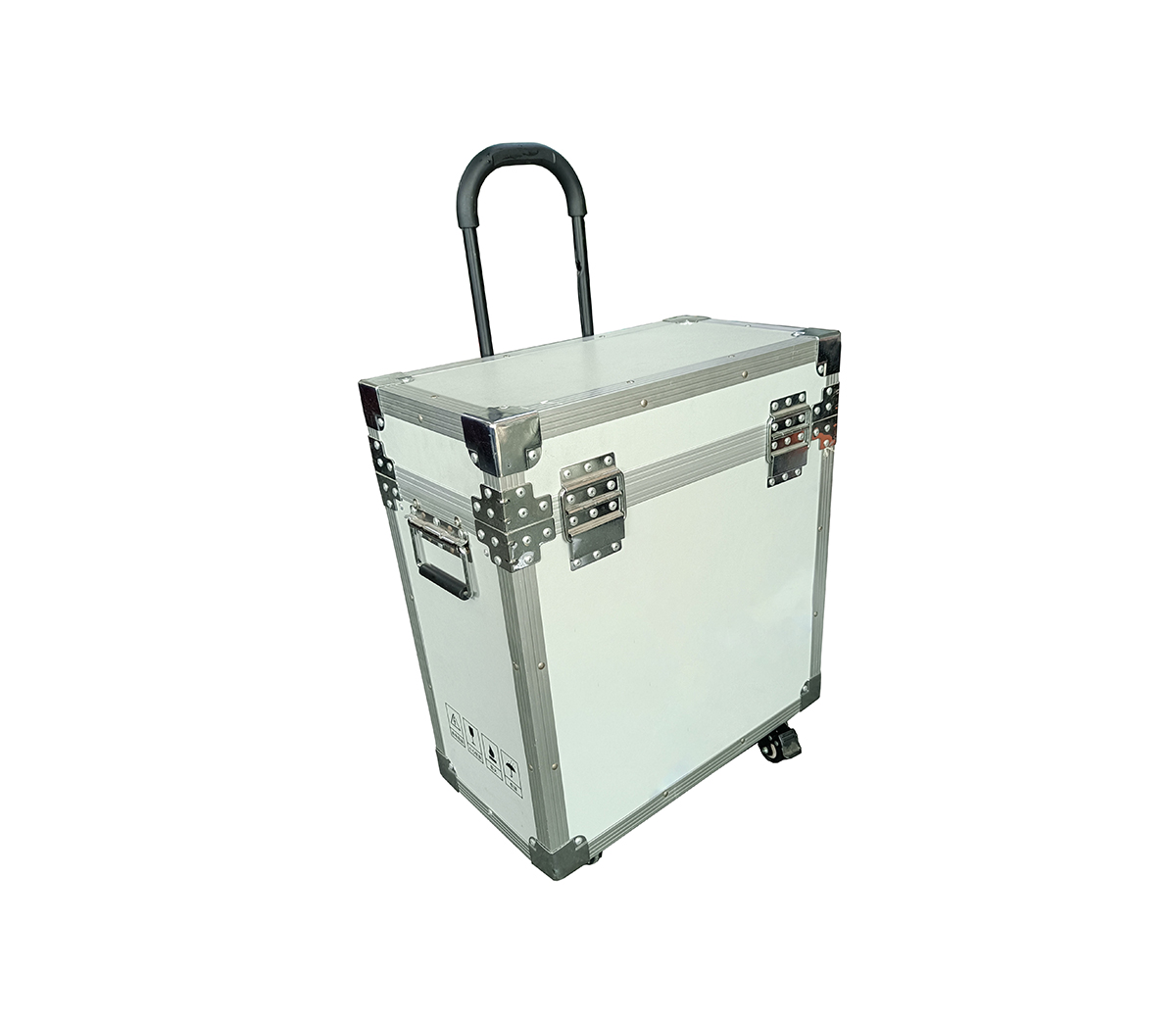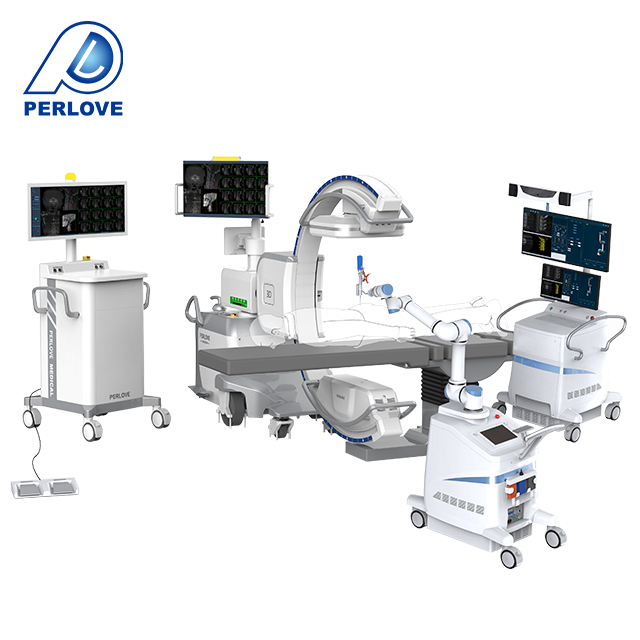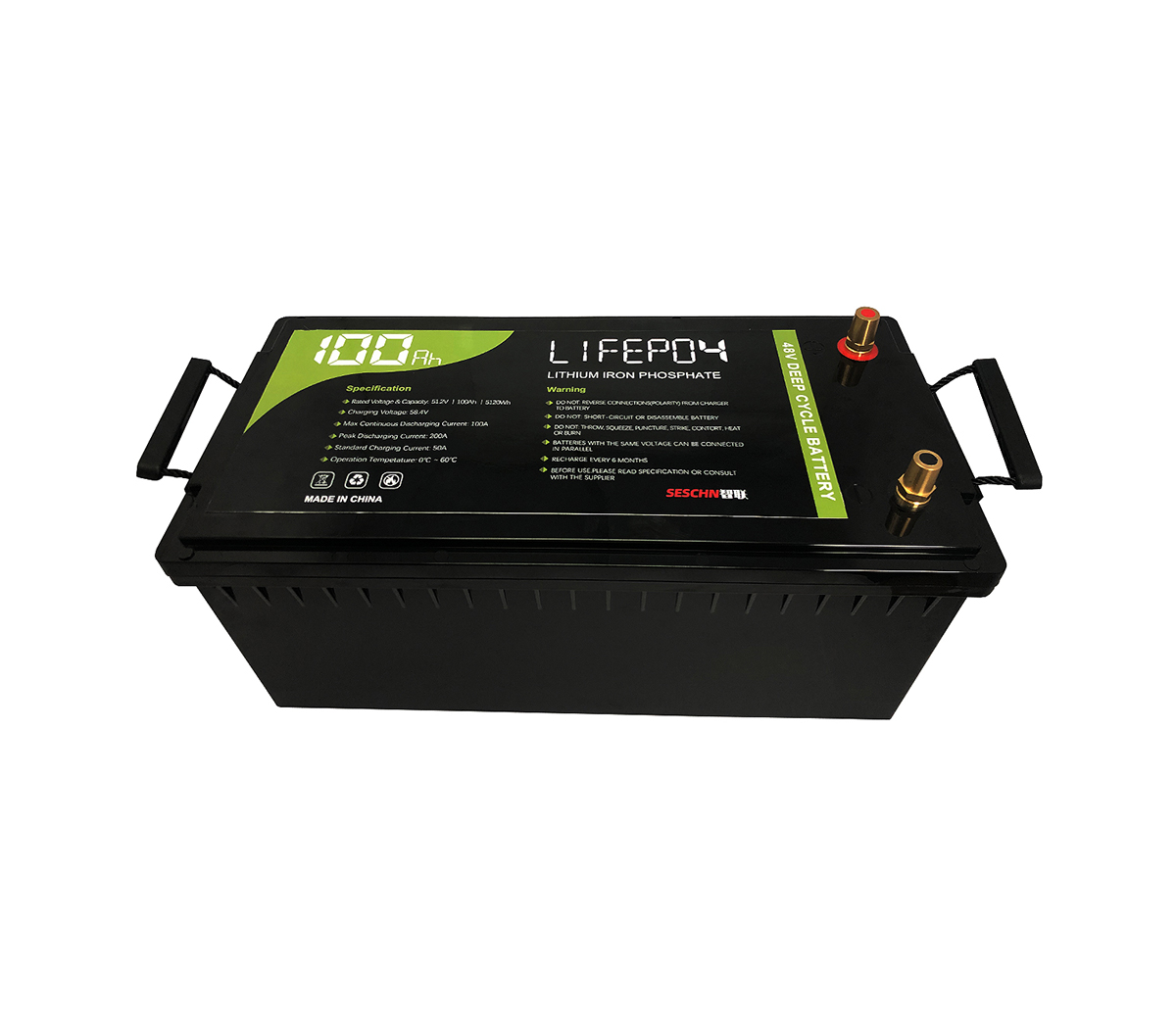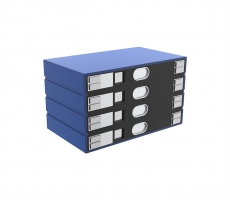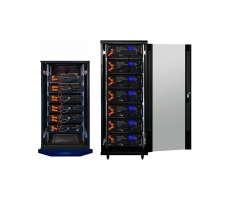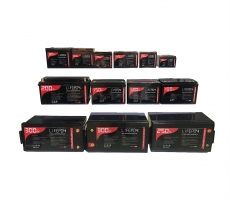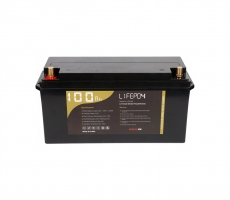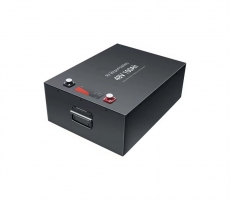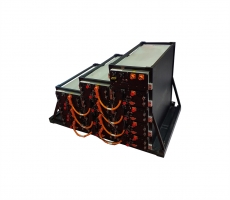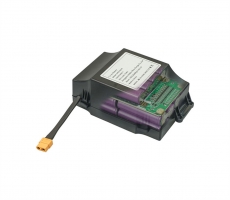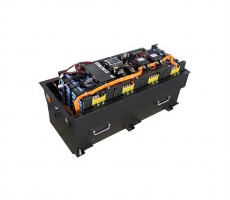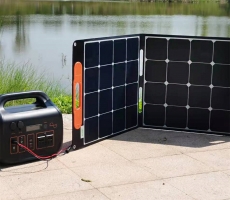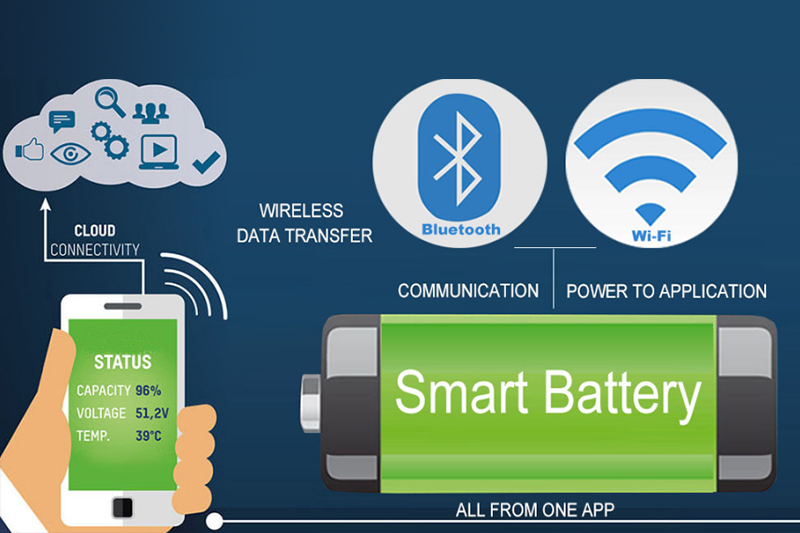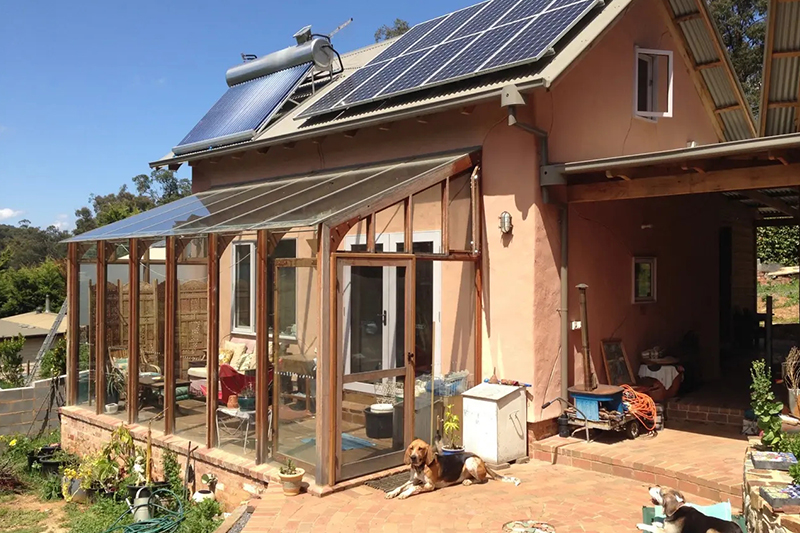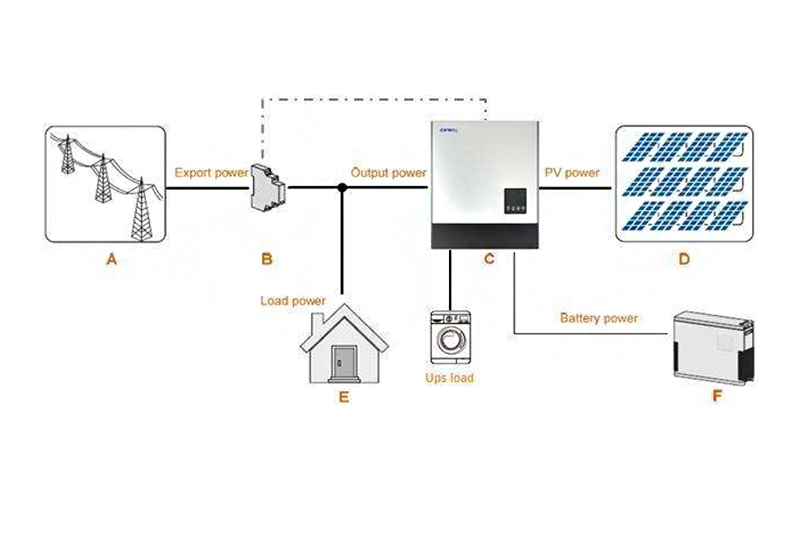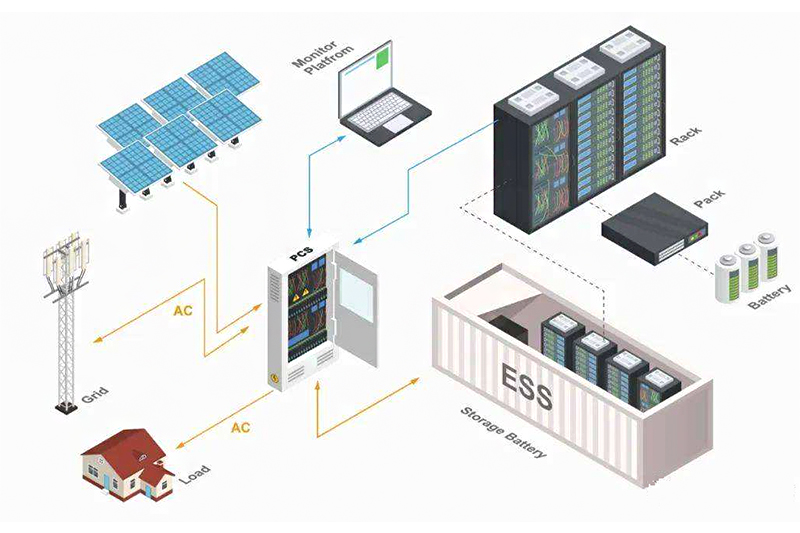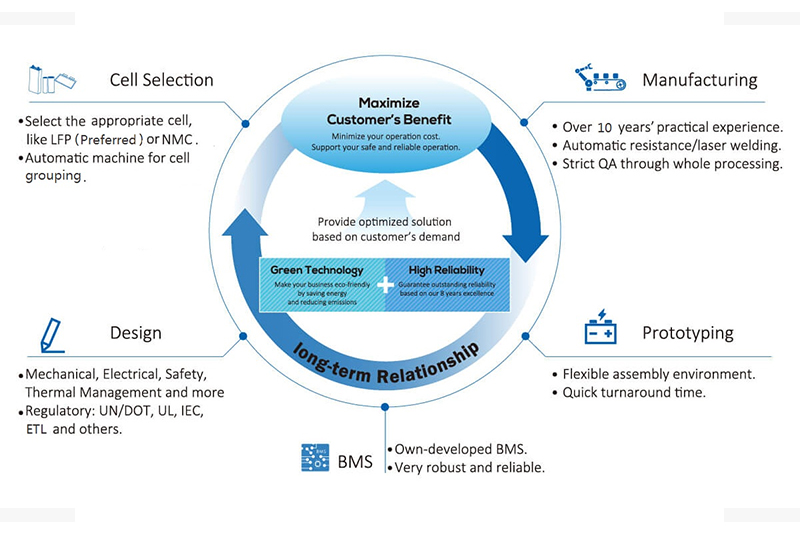What are the advantages and disadvantages of lithium titanate battery
technology?
Lithium titanate battery has the advantages of small size, light weight,
high energy density, good sealing performance, no leakage, no memory effect, low
self-discharge rate, rapid charge and discharge, long cycle life, wide working
environment temperature range, safety, stability, and environmental protection
And other characteristics, so it has a very broad application prospect in the
field of communication power supply.
Lithium titanate battery advantages
Lithium titanate battery has the advantages of small size, light weight,
high energy density, good sealing performance, no leakage, no memory effect, low
self-discharge rate, rapid charge and discharge, long cycle life, wide working
environment temperature range, safety, stability, and environmental protection
And other characteristics, so it has a very broad application prospect in the
field of communication power supply.
When lithium titanate is used as a negative electrode material, the
potential platform is as high as 1.55V, which is more than 1V higher than the
traditional graphite negative electrode material. Although some energy density
is lost, it also means that the battery is safer. Technical expert Lu Languang
once said that the negative electrode voltage requirement is relatively low when
the battery is charged quickly, but if it is too low, the lithium battery will
easily precipitate very active metallic lithium. This lithium ion not only
conducts electricity, but also reacts with the electrolyte. Release heat,
produce combustible gas, and cause a fire. Because of the higher voltage of 1V,
the lithium titanate avoids the negative electrode voltage being zero, which
indirectly prevents the precipitation of lithium ions, thereby ensuring the
safety of the battery.
Since lithium titanate batteries can be used safely in both high and low
temperature environments, it also reflects its important advantage of wide
temperature resistance (especially low temperature resistance). At present, the
safe working temperature range of Yinlong lithium titanate battery is between
-50°C and 65°C, while the energy of ordinary graphite negative electrode battery
starts to decay when the temperature is lower than -20°C, and the charging
capacity is only at -30°C. 14% of the total charging capacity cannot work at all
in severe cold weather. In addition, because the lithium titanate battery has
only a 1% volume change even if it is overcharged, it is called a zero-strain
material, which makes it have an extremely long life. Yinlong's chairman Wei
Yincang once said that Yinlong's lithium titanate battery has a lifespan of up
to 30 years, which is equivalent to the life of a car, while the average life of
ordinary graphite anode material batteries is only 3-4 years. From the
perspective of the full life cycle, the cost of lithium titanate batteries is
lower.
The last advantage of lithium titanate is its fast charge and discharge
capability and high charge rate. At present, the charging rate of Yinlong
lithium titanate battery is 10C or even 20C, while the battery charging rate of
ordinary graphite anode materials is only 2C-4C. Based on these technical
characteristics of lithium titanate batteries, the industry believes that it
meets the needs of new energy buses and large-scale energy storage
equipment.
Disadvantages of lithium titanate battery
Although the excellent safety performance makes the research on lithium
titanate batteries become a hot spot, the Li4Ti5O12 material itself has lower
electronic conductivity (10-13S/cm) and lithium ion diffusion coefficient
(10-10~10-13cm2/ S) It greatly limits the application under high-rate charging
and discharging. Some scholars have shown that after the particle size of
Li4Ti5O12 is nanosized, the effective reaction area can be enlarged and the
diffusion distance can be reduced, thereby significantly improving the rate
performance of the material. However, it needs to be pointed out that the
process of nanomaterials particles is often difficult and requires higher costs.
At present, it is difficult to achieve large-scale industrial production.
Lithium titanate batteries will continue to produce gas during cycling,
causing the battery pack to swell, especially at high temperatures, which
affects the contact between the positive and negative electrodes, increases the
battery impedance, and affects the performance of the battery. This is also one
of the main obstacles restricting the wide application of lithium titanate as a
negative electrode material to batteries.









